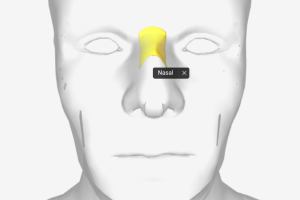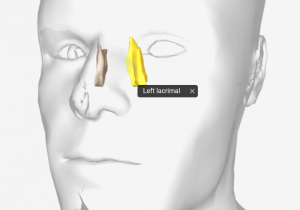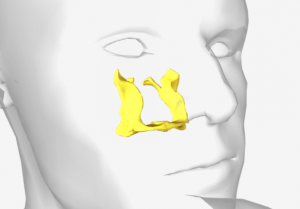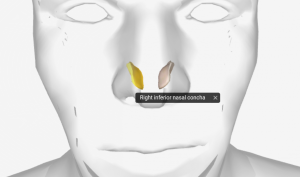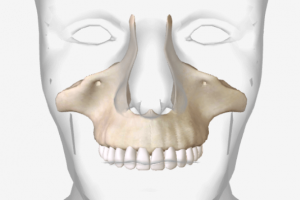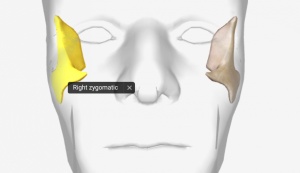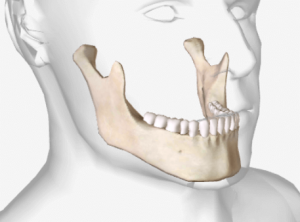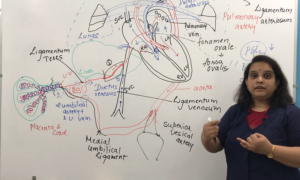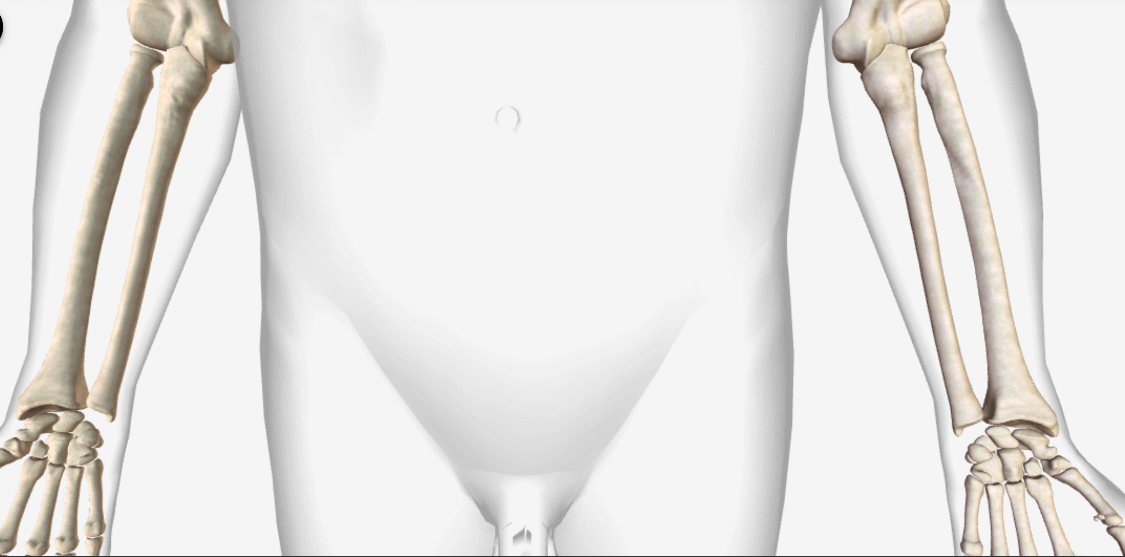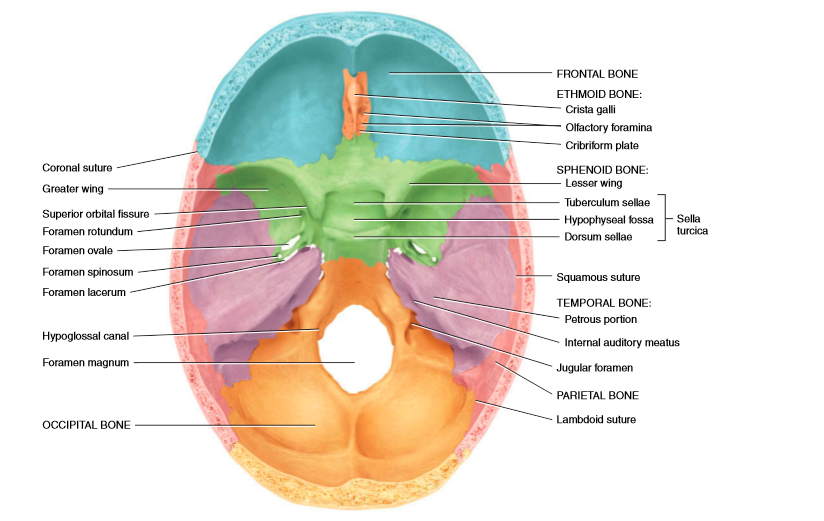Facial Bones
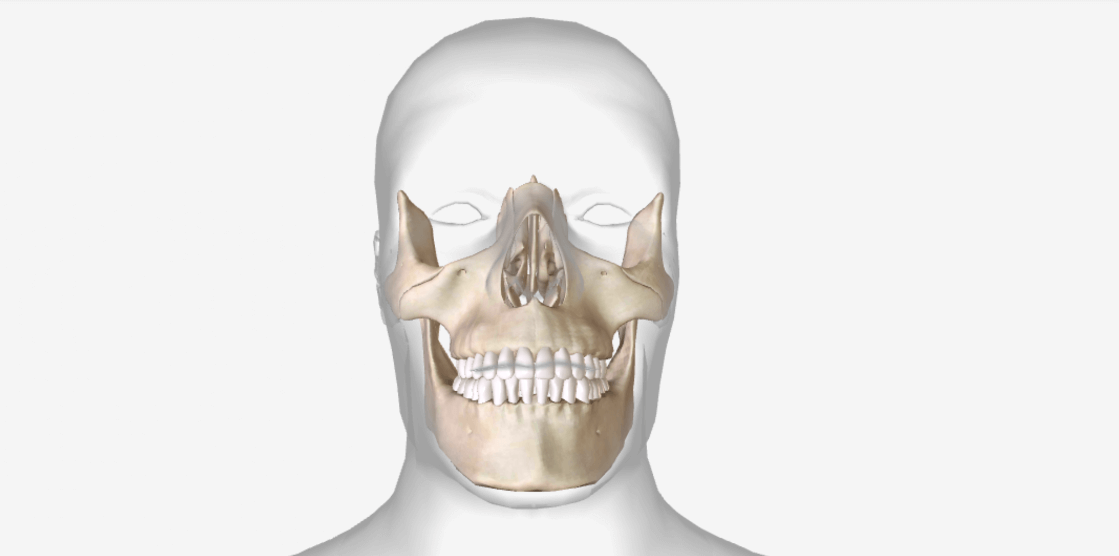
The Face is the part of the skull and the change starts from birth or stops growing by the age of 16 years. There are 14 facial bones- 2 nasal bones, 2 maxillae, 2 zygomatic bones, the mandible, 2 lacrimal bones, 2 palatine bones, 2 inferior nasal conchae, and the vomer.
Nasal Bones
-These are paired small, flat, rectangular-shaped bones that form the bridge of the nose.
-These provide attachment to the muscles for facial expression.
Lacrimal Bones
-These are paired smallest bones, thin and fingernail in size and shape, are posterior and lateral to the nasal bones and form a part of the medial wall of each orbit.
-It contains a lacrimal fossa, with a lacrimal sac, that store tears and passes them into the nasal cavity.
Palatine Bones
-These are 2 L-shaped bones form the posterior portion of the hard palate, part of the floor and lateral wall of the nasal cavity or a small portion of the floor of the orbits.
-The posterior portion of the hard palate is formed by the horizontal plates of the palatine bones.
Inferior Nasal Conchae
-These 2 bones are inferior to the middle nasal conchae of the ethmoid bone & form a part of the inferior lateral wall of the nasal cavity.
-These increase the surface area of the nasal cavity and help swirl and filter the air before it passes into the lungs.
Vomer
-It is a triangular bone on the floor of the nasal cavity that articulates superiorly with the perpendicular plate of the ethmoid bone and sphenoid bone and inferiorly with both the maxilla and palatine bones along the midline.
-It forms the inferior portion of the nasal septum, that divides the nasal cavity into the right and left sides.
Maxillae
-These paired bones unite to form the upper jawbone, & this fusion is normally completed before birth.
-They articulate with every bone of the face except the mandible.
-It forms the part of the floors of the orbits, part of the lateral walls of the nasal cavity, and the hard palate.
-The hard palate is the roof of the mouth and is formed by the palatine processes of the maxillae and horizontal plates of the palatine bones.
-The hard palate separates the nasal cavity from the oral cavity.
-Maxilla contains a large maxillary sinus that empties into the nasal cavity.
-The alveolar process of the maxilla contains the alveoli or sockets for the maxillary teeth.
-The infraorbital foramen is an opening in the maxilla inferior to the orbit, allows passage of the blood vessels and a branch of the maxillary division of the trigeminal (V) nerve.
Zygomatic Bones
-These paired bones commonly called cheekbones and forms part of the lateral wall and floor of each orbit.
-They articulate with the frontal, maxilla, sphenoid, and temporal bones.
-The temporal process of the zygomatic bone projects posteriorly and articulates with the zygomatic process of the temporal bone to form the zygomatic arch.
Mandible
– It forms largest, strongest & the only movable skull bone that is the lower jawbone.
-It consists of a curved, horizontal portion, the body, and two perpendicular portions, the rami.
-The angle of the mandible is the area where each ramus meets the body.
-Each ramus has a posterior condylar process that articulates with the mandibular fossa and articular tubercle of the temporal bone to form the temporomandibular joint (TMJ), and an anterior coronoid process to which the temporalis muscle attaches.
-The depression between the coronoid and condylar processes is called the mandibular notch.
-The alveolar process is the arch containing the alveoli or sockets for the mandibular teeth.
-The mental foramen is inferior to the second premolar tooth through which mental nerve passes.

